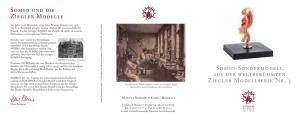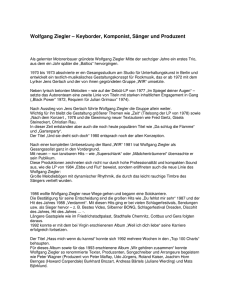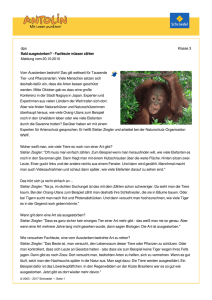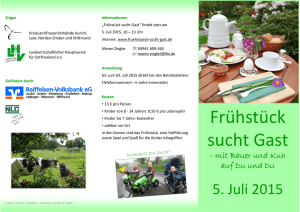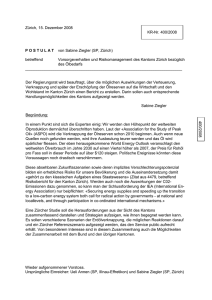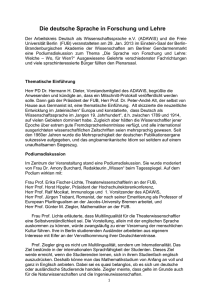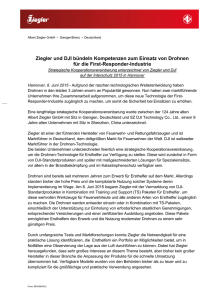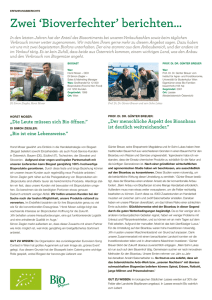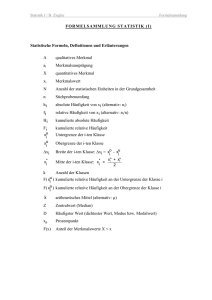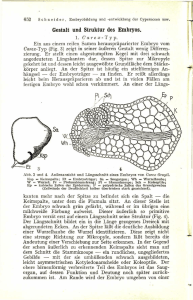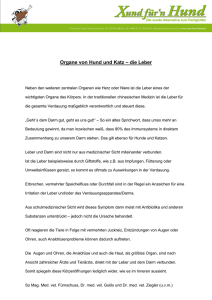flyer ziegler 2302 - Medical Simulator
Werbung
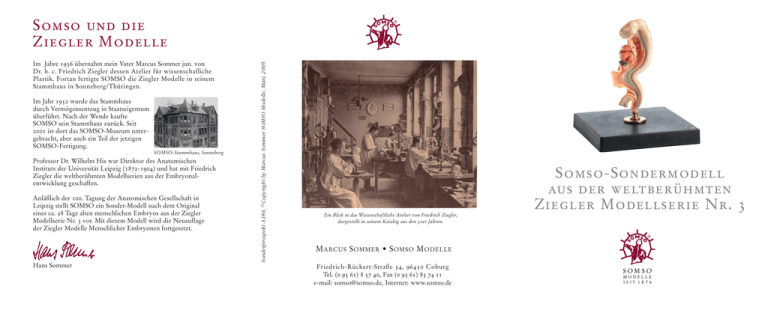
Im Jahre 1936 übernahm mein Vater Marcus Sommer jun. von Dr. h. c. Friedrich Ziegler dessen Atelier für wissenschafliche Plastik. Fortan fertigte SOMSO die Ziegler Modelle in seinem Stammhaus in Sonneberg/Thüringen. Im Jahr 1952 wurde das Stammhaus durch Vermögensentzug in Staatseigentum überführt. Nach der Wende kaufte SOMSO sein Stammhaus zurück. Seit 2001 ist dort das SOMSO-Museum untergebracht, aber auch ein Teil der jetzigen SOMSO-Fertigung. SOMSO-Stammhaus, Sonneberg Professor Dr. Wilhelm His war Direktor des Anatomischen Instituts der Universität Leipzig (1872-1904) und hat mit Friedrich Ziegler die weltberühmten Modellserien aus der Embryonalentwicklung geschaffen. Anläßlich der 100. Tagung der Anatomischen Gesellschaft in Leipzig stellt SOMSO ein Sonder-Modell nach dem Original eines ca. 28 Tage alten menschlichen Embryos aus der Ziegler Modellserie Nr. 3 vor. Mit diesem Modell wird die Neuauflage der Ziegler Modelle Menschlicher Embryonen fortgesetzt. Hans Sommer Sonderprospekt A184, ©Copyright by Marcus Sommer SOMSO Modelle, März 2005 Somso und die Ziegler Modelle Ein Blick in das Wissenschaftliche Atelier von Friedrich Ziegler, dargestellt in seinem Katalog aus den 30er Jahren. Somso-Sondermodell aus der weltberühmten Ziegler Modellserie Nr. 3 M ARCUS S OMMER • S OMSO M ODELLE Friedrich-Rückert-Straße 54, 96450 Coburg Tel. (0 95 61) 8 57 40, Fax (0 95 61) 85 74 11 e-mail: [email protected], Internet: www.somso.de SEIT interaktiver Film - bitte Abbildung anklicken Somso-Sondermodell aus der weltberühmten Ziegler Modellserie Nr. 3 Das Modell zeigt die wesentlichen Strukturen eines etwa 28 Tage alten Embryos. Die linke Körperhälfte ist teilweise im Medianschnitt dargestellt, so dass die verschiedenen Organanlagen in ihren, für dieses Embryonalstadium charakteristischen, topographischen Beziehungen zueinander zu erkennen sind. SEIT Bestellnummer: MS 48/3-1 Menschlicher Embryo, ca. 28 Tage alt, aus der Ziegler Modellserie Nr. 3 Eindrucksvoll ist besonders: die frühe Herzanlage, die Herzschleife in der Perikardhöhle, die primäre Gliederung des embryonalen Darmrohres mit den Schlundtaschen im Kopfdarmbereich, die Leberanlage (farblich markiert), die Nabelschleife, der Enddarm mit der Allantois und der Anfangsteil des Nabelstranges. Deutlich erkennbar ist auch die frühe Gliederung des Neuralrohres mit der Augenanlage. Dadurch, dass die Haut an der einen Körperhälfte entfernt worden ist, kann man leicht Form und Lokalisation der Organanlagen auf die Strukturen der anderen Seite beziehen und sich so ein lebendiges Bild von der Gestalt des frühen Embryonalkörpers machen, So sind z.B. auf der rechten Seite die den Schlundtaschen entsprechenden Pharyngealfurchen (»Kiemenfurchen«), der Herzwulst und die Wirbelsegmente (Somiten) deutlich zu erkennen. Ein für den Unterricht in der Humanembryologie unentbehrliches Modell von hohem didaktischen Wert! Die Abbildung zeigt die komplette Ziegler-Modell-Serie Nr. 3, wie sie im Katalog in den 30er Jahren abgebildet war. Das Modell wird mit einer Schutzhülle ausgeliefert. In 1936 my father, Marcus Sommer Jr. took over the studio for scientific sculptures from Dr. h. c. Friedrich Ziegler. From that time onwards SOMSO produced the Ziegler models at its parent company in Sonneberg, Thuringia, Germany. In 1952 it was taken over by the State but following the reunification in 1990, SOMSO purchased the parent company back from the State. Since 2001 the building has housed the SOMSO Museum and part of the present SOMSO production. SOMSO parent company, Sonneberg Professor Dr. Wilhelm His was Director of the Anatomical Institute of the University Leipzig, Germany (1872-1904) and together with Friedrich Ziegler created the world famous series of models of embryonic development. On the occasion of the 100th Meeting of the Anatomical Society in Leipzig, Germany SOMSO introduced a special model after the original male embryo (approx. 28 days old) from the Ziegler model series No. 3. This model begins a new edition of the Ziegler human embryo models. Hans Sommer Special leaflet A184, © Copyright Marcus Sommer SOMSO Models, March 2005 Somso and the Ziegler Models A view of the scientific studio of Friedrich Ziegler as shown in his catalogue from the 1930’s. M ARCUS S OMMER • S OMSO M ODELS Friedrich-Rückert-Straße 54, 96450 Coburg, Germany Tel. +49 (0) 95 61-8 57 40, Fax +49 (0) 95 61 – 85 74 11 email: [email protected], Internet: www.somso.de Somso Special Model from the world famous Ziegler Series of Models No. 3 interactive movie - please click on picture Somso Special Model from the World Famous Ziegler Series of Models No. 3 The model shows the most significant structures of an embryo of about 28 days old. The left half of the body is to some extent shown in median section so that the location of the organs, characteristic of this stage of embryonic development, can be clearly identified. The most impressive features are: The early development of the heart, the heart loop in the pericardial cavity, the primary formation of the embryonic intestine tube with the pharyngeal pouches in the foregut region, the position of the liver (marked in colour), the umbilical loop, the hindgut with the allantois and the beginning of the umbilicus. Catalogue number MS 48/3-I Human embryo, approx. 28 days old, from the Ziegler series of models No. 3 Also clearly recognisable is the early formation of the neural medullary tube with the eye position. The skin has been removed from one half of the body so that the form and location of organs is easy to identify. It is also possible to get a true picture of embryonic development in these early stages as landmarks can be clearly recognised e.g. the pharyngeal grooves (branchial grooves) with the corresponding pharyngeal pouches on the right side, the developing heart (bulbo ventricular loop) and the somites. An extremely valuable teaching model for lessons and lectures in human embryology! The illustration shows the complete series of Ziegler models No. 3 as they were shown in the 1930’s catalogue. The model is supplied with a protective cover.
